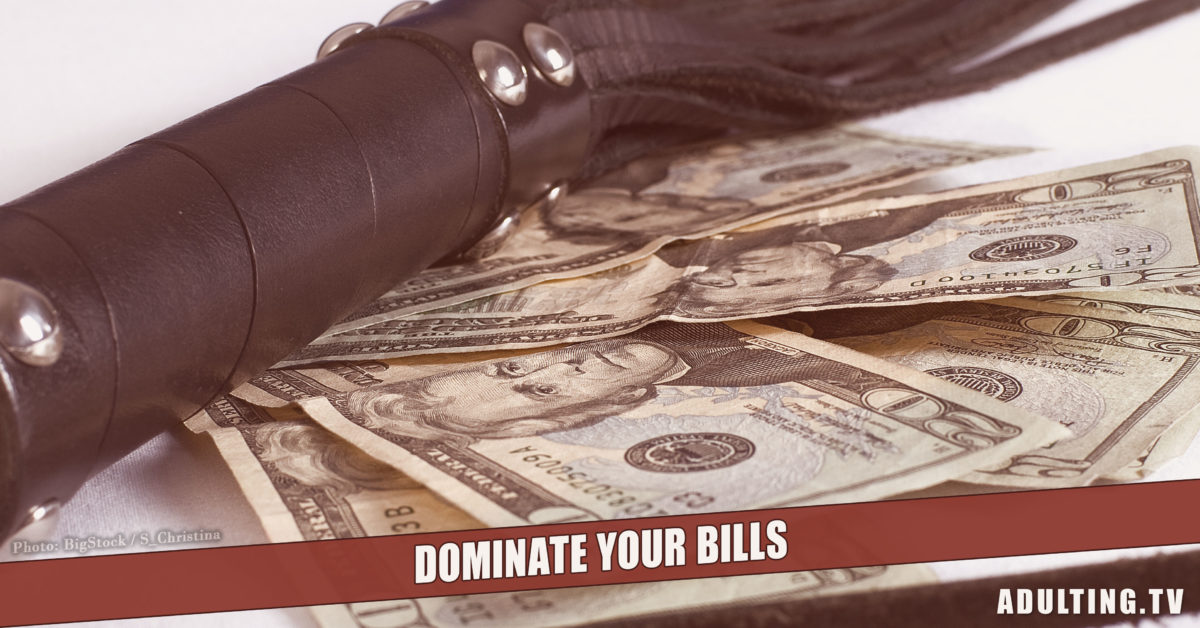There are various stages of adulting.
Putting on real pants every day and having something green in the fridge is generally considered Level 1. At some point, you graduate to Advanced Adulting and start thinking about things like getting a credit card and maybe even buying a house. That’s when the concept of credit becomes part of your life.
That’s when the concept of credit becomes part of your life.
Your credit profile – a history of your behavior borrowing and repaying money – will impact you in pretty much every way. From getting loans and credit cards to finding a place to live, the health of your credit is really important.
In all honesty, the credit system is rigged. You are expected to go into debt in order to prove you’re financially responsible. Who made up these rules, anyway? But whether you like it or not, understanding how your credit is tracked and measured – primarily via your credit reports and scores – will help you play the game right and save as much money as possible.
Without finding yourself drowning in debt.
Let’s start with your credit report.
A credit report is the documentation of your history as a borrower, prepared by a credit bureau and supplied to lenders. It tracks all your personal and financial data, such as where you’ve lived and worked, your Social Security number, your financial accounts, payment history, credit inquiries, accounts sent to collections, bankruptcies, and more.
Generally, the bad stuff on your credit report will stay on it for about seven years. Bankruptcy will remain for about 10. After that, it falls off your report. You can’t control what shows up on your credit report as long as it’s accurate, but you can request that any errors be fixed.
That’s why it’s important to keep an eye on all your credit reports (yes, you have multiple). The best way to monitor your credit reports for errors or fraud is to visit the ONLY website approved to provide credit reports at absolutely no cost. Annualcreditreport.com allows you to access your credit reports from the three major credit bureaus – Experian, Equifax, and Transunion – once per year for free.
Like I mentioned, it’s a good idea to review these reports regularly. The process is not going to be enjoyable (it’s a report, after all) and you’re going to try really hard to put it off.
Please, just do it. Spotting an error or fraudulent account could make all the difference in whether you’re approved for that next card or get a good rate on a mortgage.
Ok, so then what is a credit score?
Credit reports contain a ton of information. You have to spend time reading through what’s there in order to get a sense of the overall health of your credit.
But if you’re a lender dealing with thousands of applications every day, you don’t have time for that. So the credit score was invented in order to give a quick snapshot of a borrower’s creditworthiness.
You actually have dozens of credit scores, all calculated according to different models. However, they all pretty much take into account the same things, even if the algorithms are slightly different.
FICO is the most common credit score lenders look at. The possibilities range from 300 to 850. Here’s how it’s calculated:
- Payment history (whether you pay your bills on time): 35%
- Credit utilization (the amount of debt you owe in comparison to available credit): 30%
- Length of credit history (how long you’ve been using credit): 15%
- Credit mix (how diversified your credit accounts are): 10%
- New credit (how often you’re applying for new accounts): 10%
Your credit scores float up and down depending on your credit activity, which is normal. Over time, however, you want to have scores as high as possible.
It’s important to note that, while you can check your credit reports every year for free, your reports do not include your scores. There are paid services you can use to see your credit scores from the major bureaus, as well as receive credit monitoring and fraud protection services.
You can also use sites like Credit Karma, Credit Sesame, and Quizzle to see your scores for free. However, you’ll generally get your “D-list” credit scores here and not your more “official” FICO score. My credit score sometimes shows a difference of nearly 100 points, depending on what source I use.
Use these sites to gauge your overall credit health, but take them with a grain of salt. No two scores will ever be the same, anyway.
The world of credit is definitely confusing, but you don’t have to stress about it too much. As long as you borrow responsibly, always pay your bills, and keep an eye out for errors and fraud, you should be just fine.






